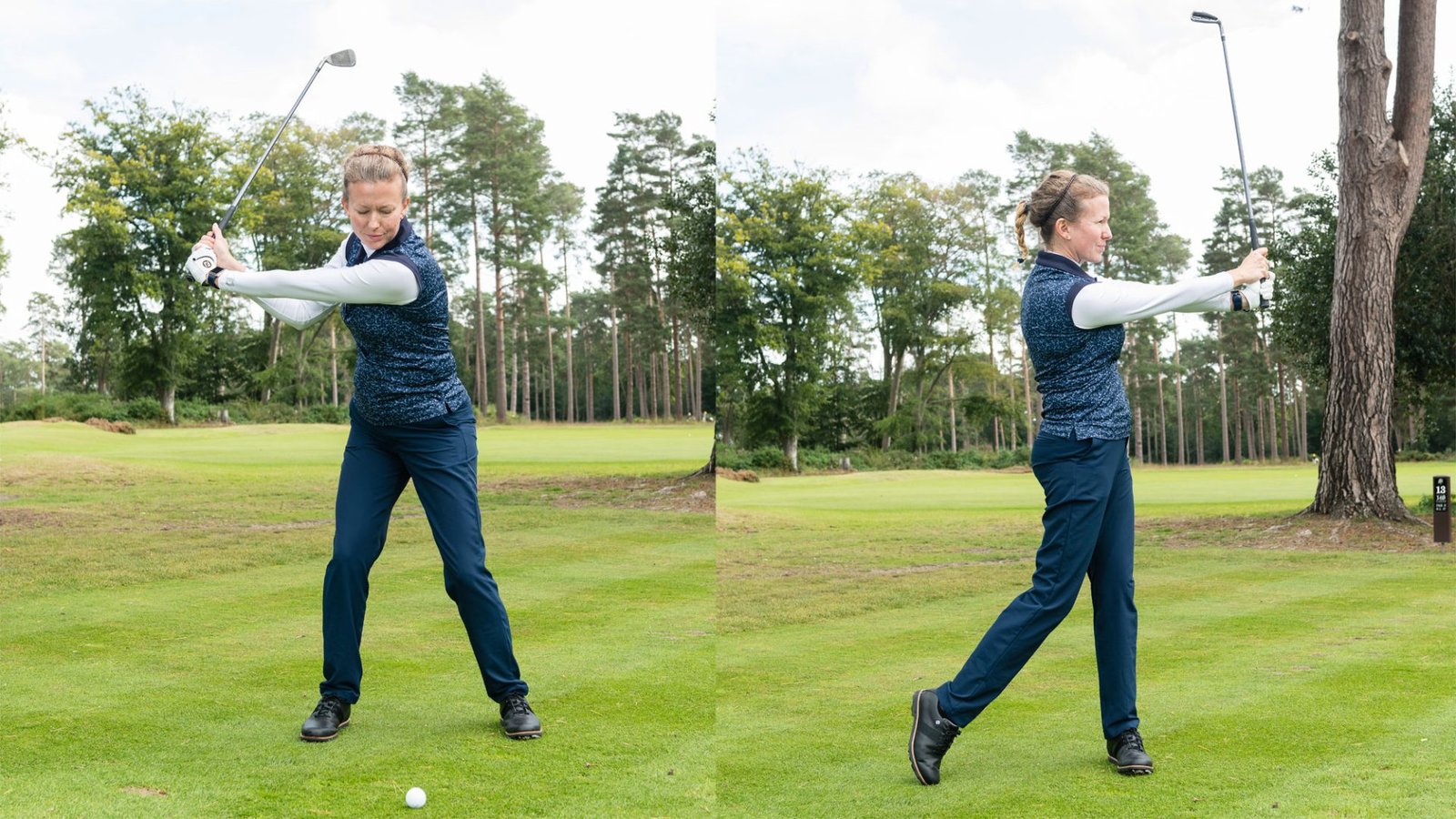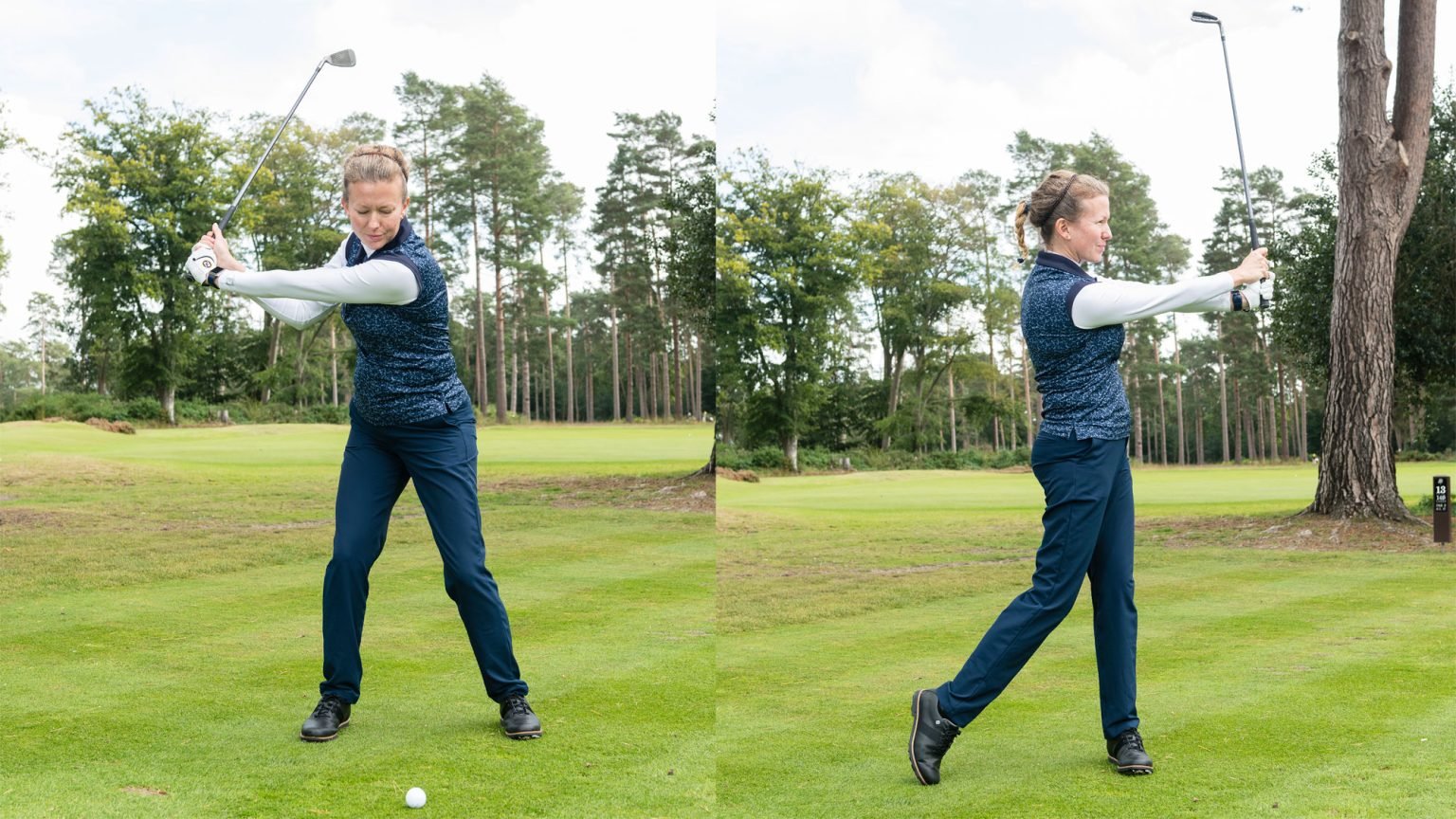Golf is a sport that requires both skill and strategy. One of the most important aspects of a golfer’s technique is the wrist hinge. Knowing when to start setting the club is crucial to achieving the perfect swing. In this article, we will discuss everything you need to know about wrist hinges in golf and answer the question, “when should you start setting the club?”
Understanding Wrist Hinge in Golf
Wrist hinge in golf refers to the angle between the club shaft and the lead arm during the backswing. This angle is created when the golfer cocks their wrists, bringing the clubhead closer to the hands. The wrist hinge is a key factor in generating power and distance in a golfer’s swing.
Read Also: Early Wrist Hinge with Driver: What It Is and How to Master It

Read also: Golf Courses Near Me: A Comprehensive Guide For You
The Importance of Wrist Hinge
Proper wrist hinge in golf can significantly improve a golfer’s swing. When the club is properly hinged, it allows the golfer to create lag in their swing. This lag stores energy in the club, which can then be released through impact, resulting in greater distance and accuracy.
When to Start Setting the Club
Knowing when to start setting the club is crucial to achieving proper wrist hinge in golf. The timing of the hinge will depend on a golfer’s swing style, but as a general rule, the club should start to hinge when the hands reach waist-high during the backswing. This is the point where the clubhead should start to move back, and the wrists should begin to hinge.
The Role of the Wrists in the Golf Swing
The wrists play a critical role in the golf swing, and mastering wrist hinge is essential for consistent, accurate shots. When the wrists are hinged correctly, they allow the club to stay on plane, ensuring that the clubface is square at impact. This helps to eliminate hooks and slices and promotes a more efficient swing.
Common Mistakes to Avoid
One of the most common mistakes golfers make when it comes to wrist hinges is hinging too early or too late in the swing. Hinging too early can lead to a loss of power while hinging too late can result in a loss of accuracy. It’s important to find the right timing for your swing style and practice hinging at the correct moment.
Another mistake golfers make is failing to maintain their wrist hinge through impact. This can cause the club to release too early, resulting in a loss of power and accuracy. To avoid this, focus on keeping the wrists hinged as long as possible through impact.
What is the proper wrist hinge in golf?
The wrist hinge in golf is a topic of much debate among coaches, with various schools of thought regarding when and how to hinge. Some advocate for starting the hinge once you pass parallel in the takeaway, while others suggest a one-piece takeaway and only hinging at the top of the backswing. Both methods can result in powerful, repeatable swings. Personally, I have always favored the one-piece takeaway method after watching Greg Norman’s masterclass on YouTube.
Norman, known as the Great White Shark, was a top-ranked player with a long, accurate drive. He advocates delaying the hinge in the takeaway and allowing it to occur naturally as you approach the top of the backswing, which is similar to Rory McIlroy’s technique. By maintaining the triangle formed between your shoulders, arms, and grip, your body will deliver the club to the correct position at the top of the swing.
This straight-arm approach can increase distance and widen your arc in the backswing. Alternatively, some instructors prefer earlier hinge to improve turn and wrist position. Using aids like the Golf Doctor Wrist Hinge Trainer can help with technique, but everyone’s flexibility and physical limitations are different, so there is no one right or wrong method. Players with elbow or knee issues may need to compensate accordingly.
Tips for Improving Your Wrist Hinge
Improving your wrist hinge in golf takes practice and patience. Here are a few tips to help you get started:
- Start by practicing your hinge without a ball. Focus on hinging the club at the correct moment during your backswing.
- Use a mirror to check your wrist hinge position. This will help you see if you are hinging too early or too late.
- Work on maintaining your wrist hinge through impact. Focus on keeping the wrists hinged as long as possible to maximize power and accuracy.

Conclusion
Wrist hinge in golf is a critical aspect of a golfer’s swing. Knowing when to start setting the club is essential for achieving proper wrist hinge and generating power and distance. By avoiding common mistakes and practicing the right techniques, you can improve your wrist hinge and take your golf game to the next level.
FAQs
What is wrist hinge in golf?
Wrist hinge in golf refers to the angle between the club shaft and the lead arm during the backswing. This angle is created when the golfer cocks their wrists, bringing the clubhead closer to the hands.
Why is wrist hinge important in golf?
wrist hinge in golf is important because it helps golfers generate power and distance in their swing. When the club is properly hinged, it allows the golfer to create lag in their swing, which stores energy in the club that can then be released through impact.
When should I start setting the club during my backswing?
As a general rule, the club should start to hinge when your hands reach waist-high during the backswing. This is the point where the clubhead should start to move back, and the wrists should begin to hinge.
How can I improve my wrist hinge in golf?
Improving your wrist hinge in golf takes practice and patience. You can start by practicing your hinge without a ball and focusing on hinging the club at the correct moment during your backswing. Using a mirror to check your wrist hinge position can also help you see if you are hinging too early or too late. Additionally, you can work on maintaining your wrist hinge through impact by focusing on keeping the wrists hinged as long as possible.
What are some common mistakes to avoid when it comes to wrist hinge in golf?
One common mistake golfers make is hinging too early or too late in the swing, which can lead to a loss of power or accuracy. Another mistake is failing to maintain the wrist hinge through impact, which can cause the club to release too early and result in a loss of power and accuracy.
